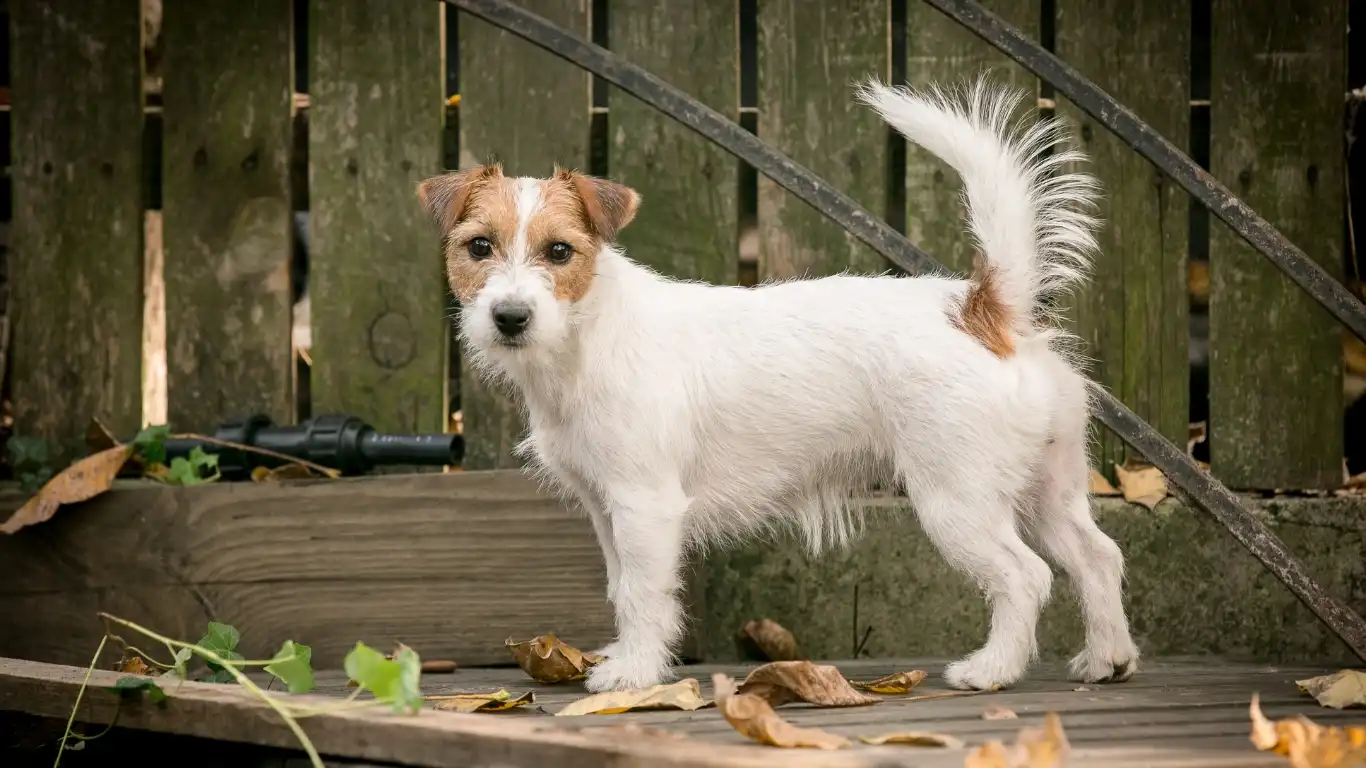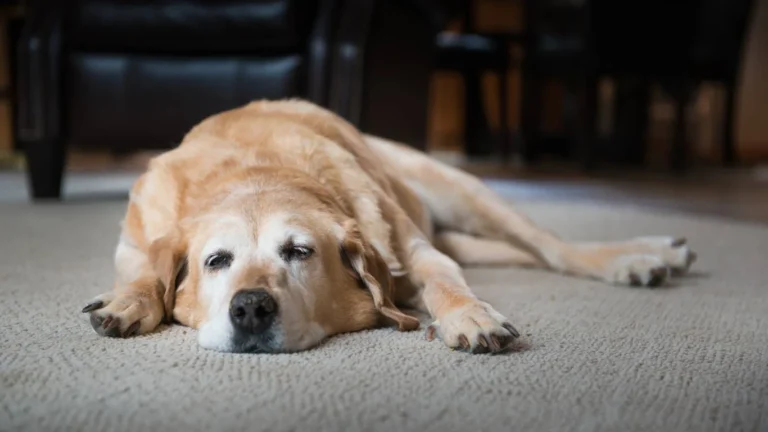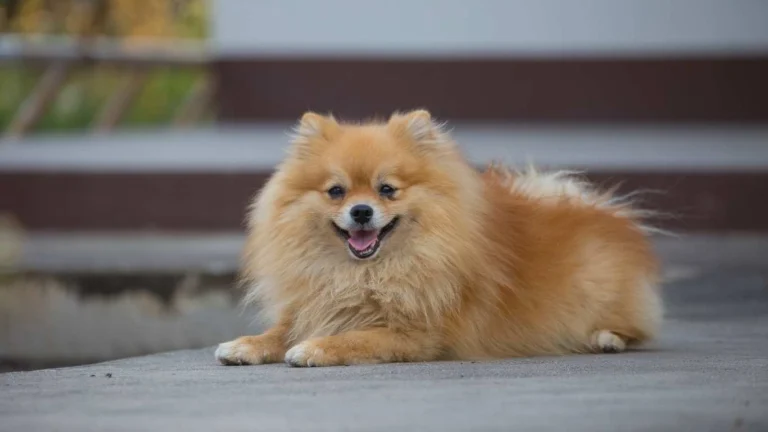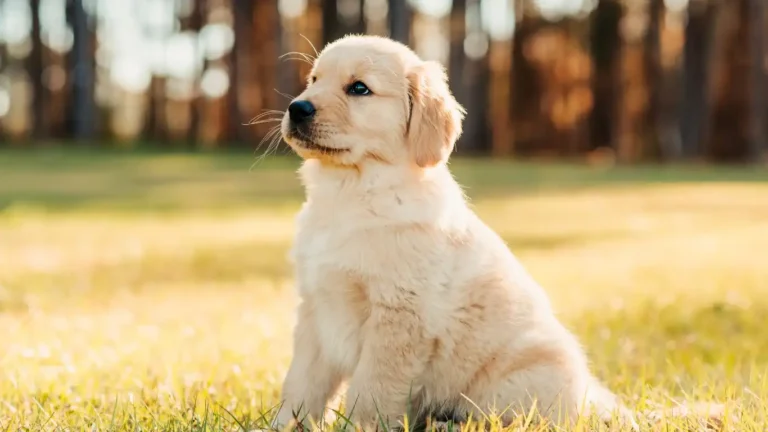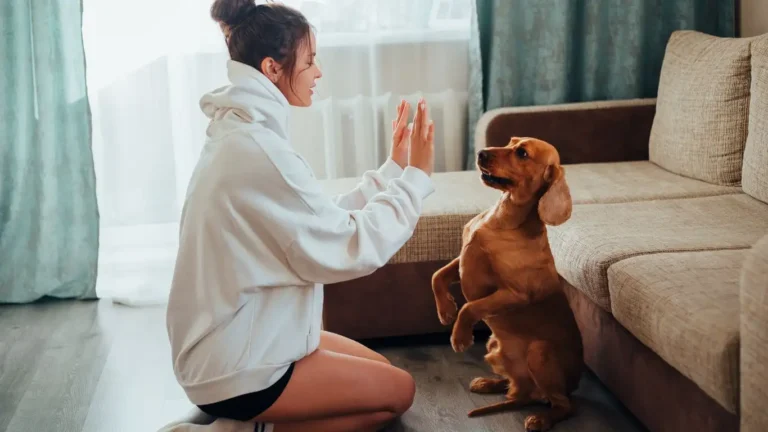How to Socialize a Puppy Properly: Key Steps to Success for a Well-Behaved Dog
As a pet nutritionist and pet care expert working in veterinary clinics, I’ve seen firsthand how essential the early stages of a puppy’s life are to their overall well-being. One of the most important things you can do as a puppy owner is learn how to socialize a puppy properly. Socialization is key to raising a well-adjusted, happy dog who is comfortable in a variety of environments. It’s not just about teaching them to be friendly with other dogs or humans, it’s about giving them the tools to navigate the world with confidence and ease.
Why Socialization is Crucial for Your Puppy
When you bring a new puppy into your home, you are not only gaining a loyal companion but also a blank slate ready to absorb everything around them. Socialization involves exposing your puppy to new experiences, people, places, and other animals in a controlled and positive way. Think of it like building their toolbox for life! When puppies aren’t properly socialized, they may grow up fearful or aggressive, and this can result in behavioral problems later on. Trust me, I’ve worked with many pups who’ve struggled with fear-based issues because they weren’t given the chance to experience the world in a positive way as young dogs.
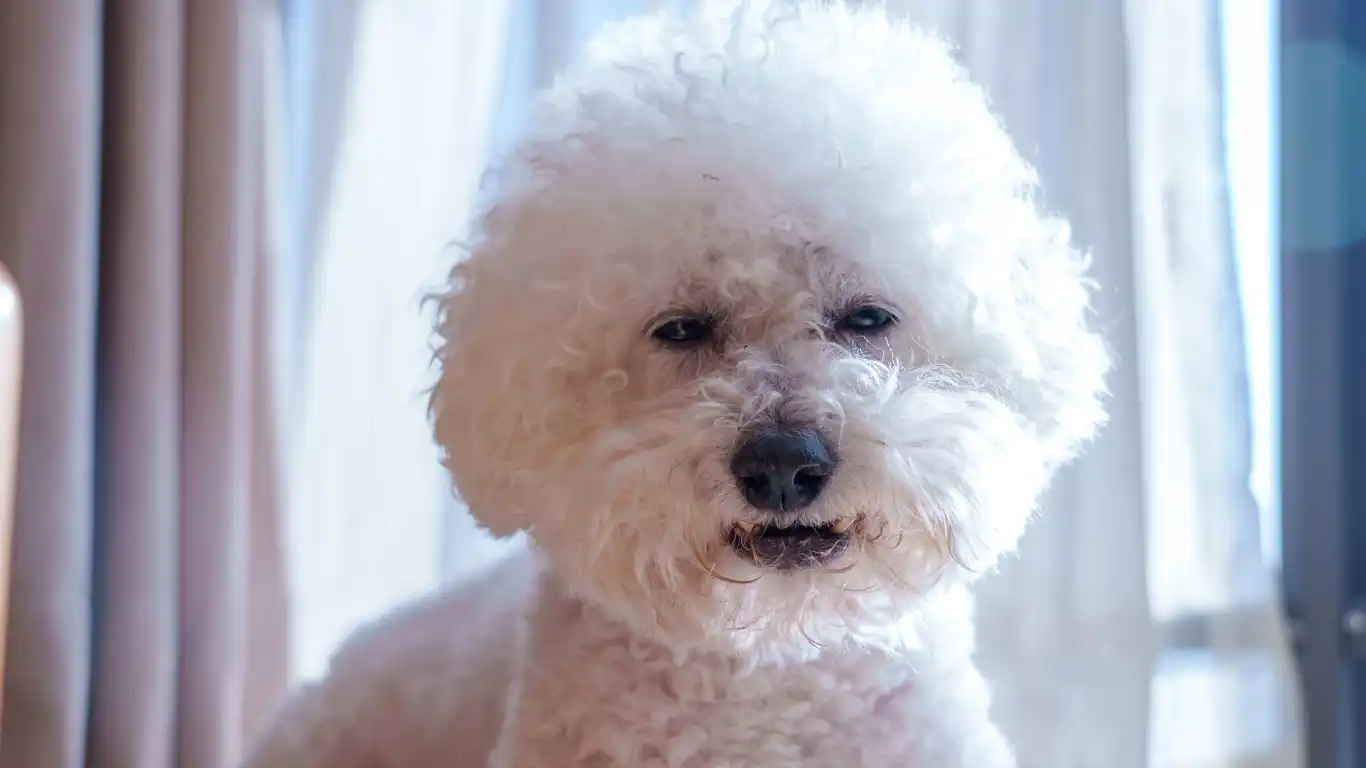
How to Begin Socializing Your Puppy
Starting the socialization process as early as possible is essential. The critical window for puppy socialization is typically between 3 and 14 weeks of age. This is when your puppy is most receptive to new experiences and is less likely to develop lasting fears. During this time, puppies are like little sponges—absorbing everything around them. If you’ve just brought your puppy home, it’s the perfect time to start socializing them!
- Start at home: Begin by introducing your puppy to the sounds, sights, and smells of your home. The vacuum cleaner, doorbell, or even the sound of the TV might be new to them. Gradually desensitize your puppy to these household noises in a positive way.
- Introduce them to different people: Get your puppy used to people of all ages and backgrounds. Let them meet family members, neighbors, and even friendly strangers. Encourage calm interactions, and don’t force your puppy to meet people if they’re hesitant.
- Expose them to other pets: If you have other pets, slowly introduce them to your new puppy. It’s important that they learn how to interact with different animals. However, be cautious and supervise the interactions to avoid any fear or aggression.
Proper Puppy Socialization Classes: Are They Worth It?
If you want to ensure your puppy is getting the best possible start, enrolling in a puppy socialization class is a fantastic option. As a pet nutritionist, I always recommend that clients consider formal training and socialization classes. These classes are not just about teaching your puppy basic commands but also about exposing them to new experiences in a controlled, supervised environment. It’s a great way for your puppy to meet new friends and for you to learn about how to raise a well-behaved dog.

What to Expect in Puppy Socialization Classes
Puppy socialization classes typically start as early as 8 weeks of age, and they’re often taught by professional trainers who specialize in positive reinforcement methods. These classes allow your puppy to meet other puppies in a safe and controlled space. In addition to socializing with other dogs, they also learn basic skills like sit, stay, and recall, all while being exposed to new people, sounds, and environments. Personally, I’ve seen many shy and reserved puppies come out of their shells in these classes—it’s truly amazing!
- Structure: Most puppy classes are structured to ensure your pup learns key socialization skills in a gradual, positive manner.
- Safe and supervised: Professional trainers are there to guide the interactions, ensuring that all puppies are treated with care and respect.
- Socializing with humans and dogs: Your pup will learn to be comfortable around other dogs, but also human strangers, which is just as important for their development.
The Benefits of Early Socialization
Properly socializing your puppy doesn’t just make life easier for you—it’s beneficial for them in the long run too. A well-socialized puppy is less likely to develop behavioral issues like separation anxiety, aggression, or excessive barking. Socialization also helps your puppy become more adaptable to changes in their environment, such as car rides, visits to the vet, and moving to a new home. I’ve seen it countless times in my work—puppies who have been socialized properly are more relaxed and comfortable with life’s little changes.

How to Handle Setbacks During Socialization
Sometimes, no matter how carefully you plan your puppy’s socialization process, you might encounter setbacks. Puppies can be unpredictable—what worked one day might not work the next! But don’t panic. It’s normal for puppies to feel overwhelmed at times. If your puppy seems scared or nervous, take a step back. Don’t force them into situations they’re not ready for. Instead, work at their pace, and try to make each new experience as positive as possible. With patience and consistency, your puppy will soon get back on track.
Common Puppy Socialization Mistakes to Avoid
Even with the best intentions, it’s easy to make a few missteps when learning how to socialize a puppy properly. As a pet care expert, I’ve seen many new puppy owners struggle with certain socialization mistakes that can hinder their pup’s development. But don’t worry—these mistakes are part of the learning process, and you can easily avoid them with a little guidance. Here are some of the most common socialization pitfalls to watch out for:
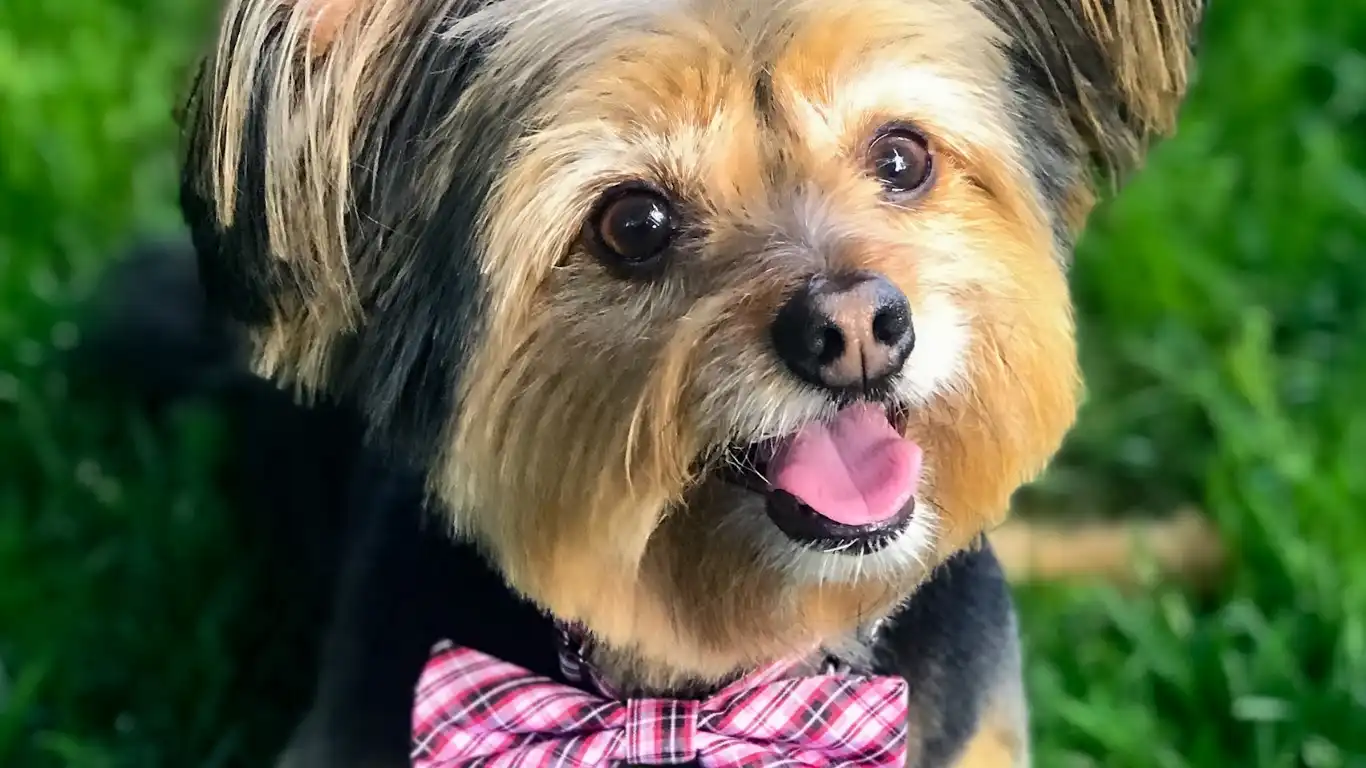
- Overwhelming your puppy: It’s important to introduce new experiences and people gradually. If you overwhelm your puppy with too much stimulation too quickly, they may become scared or stressed, leading to negative associations. For example, introducing your puppy to a busy dog park or a crowd of people when they’re not ready can have the opposite effect you want. Start slow and let your pup adjust at their own pace.
- Ignoring body language: Understanding your puppy’s body language is key to proper socialization. If your puppy is showing signs of fear or stress, like tucking their tail or cowering, it’s important to step back and reassess the situation. Pushing your puppy into uncomfortable situations can lead to lasting fear or even aggression down the line.
- Not providing enough positive reinforcement: Positive reinforcement is one of the most powerful tools in puppy training. Every time your puppy interacts well with a new experience or person, reward them with praise or treats. This helps them associate new situations with something good, boosting their confidence and encouraging them to keep exploring.
Setting Up Successful Puppy Playdates
One of the best ways to socialize your puppy is through playdates with other puppies. Playdates allow your pup to learn social cues, practice bite inhibition, and develop proper canine manners. But, just like anything else, there’s a right way to set up a puppy playdate to ensure it’s beneficial for everyone involved. I’ve personally witnessed how a well-organized playdate can help shy puppies come out of their shell, or even help more dominant puppies learn to play nicely!
What to Consider Before a Puppy Playdate
Before you arrange a playdate, there are a few things to keep in mind. You want to make sure the playdate is a positive experience, so it’s important to consider factors such as your puppy’s temperament, the other puppy’s personality, and the environment. Here are some tips to help you set up a successful playdate:
- Choose a compatible playmate: Ideally, the puppy your dog will be meeting should have a similar temperament. For example, if your puppy is shy and gentle, pairing them with a boisterous or overly dominant puppy might be too much. Look for a calm and friendly playmate for the first few dates.
- Neutral territory: It’s always a good idea to have the playdate take place in a neutral environment, like a park or someone else’s yard. This way, neither puppy feels like they’re on “home turf,” which can lead to territorial behaviors.
- Supervision is key: Never leave your puppy unsupervised during a playdate. While playtime is important, you need to make sure things don’t get too rough. Watch for signs of discomfort in your puppy and intervene if necessary to ensure everyone stays safe and happy.
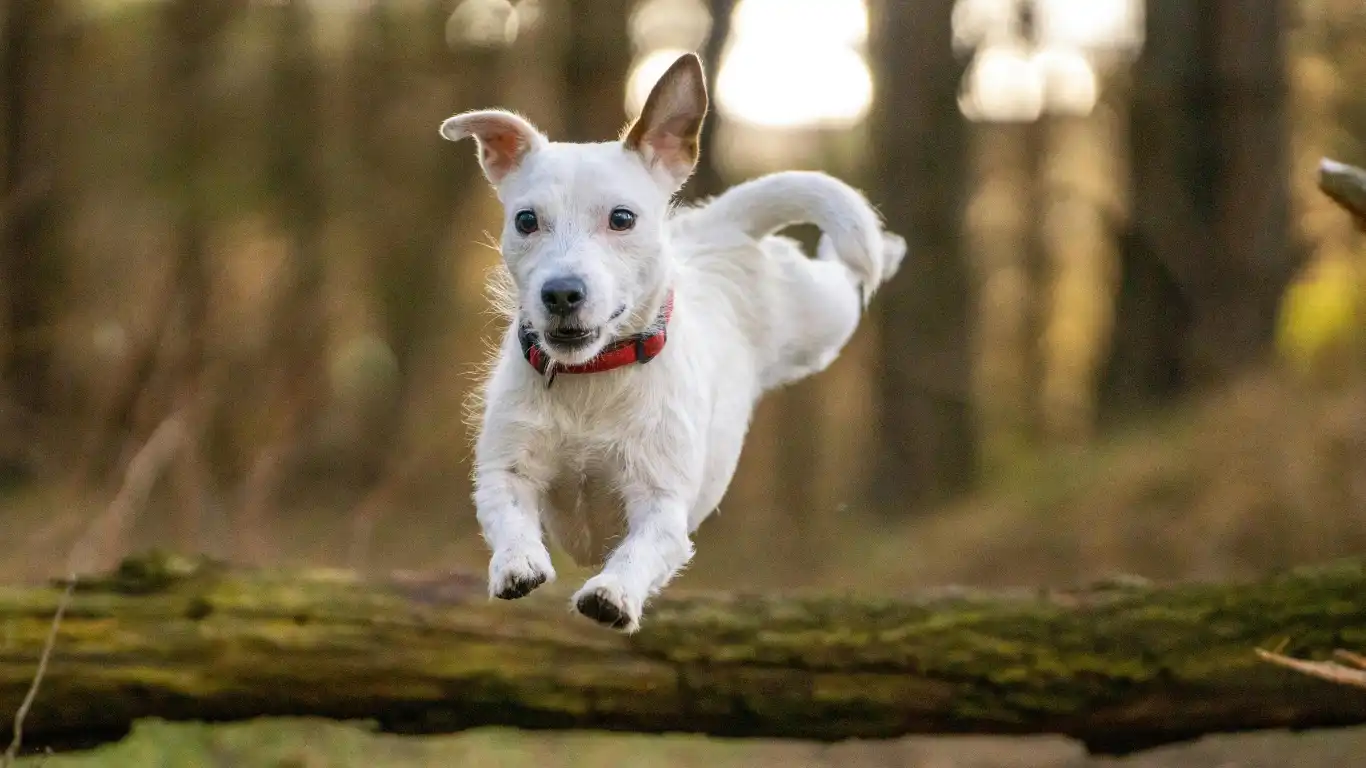
Socializing Your Puppy with Different Environments
It’s not just other dogs and people that your puppy needs to socialize with—different environments are just as important! The world is full of new and unfamiliar places, sounds, and smells, and it’s essential to expose your puppy to a variety of environments to help them become well-adjusted adults. The more diverse the experiences, the more confident your puppy will become. I can’t tell you how many clients I’ve worked with who noticed a huge difference in their puppies after exposing them to new places on a regular basis!
How to Safely Expose Your Puppy to New Places
When it comes to exposing your puppy to new environments, safety should always come first. You don’t want to overwhelm your pup, so take things one step at a time and always keep their comfort in mind. Here are some tips for safely introducing your puppy to new environments:
- Start with quiet, low-traffic areas: Begin by taking your puppy to calm places like a quiet park or your neighborhood. Gradually work your way up to busier locations like downtown areas or pet-friendly shops, where there are more people and distractions.
- Positive exposure: When you visit new places, pair the experience with positive reinforcement. Bring along your puppy’s favorite treats or toys to keep them engaged and happy during the experience.
- Go at their pace: If your puppy seems nervous, give them time to adjust. Let them explore at their own pace, and don’t rush them into situations they’re not ready for. Patience is key!
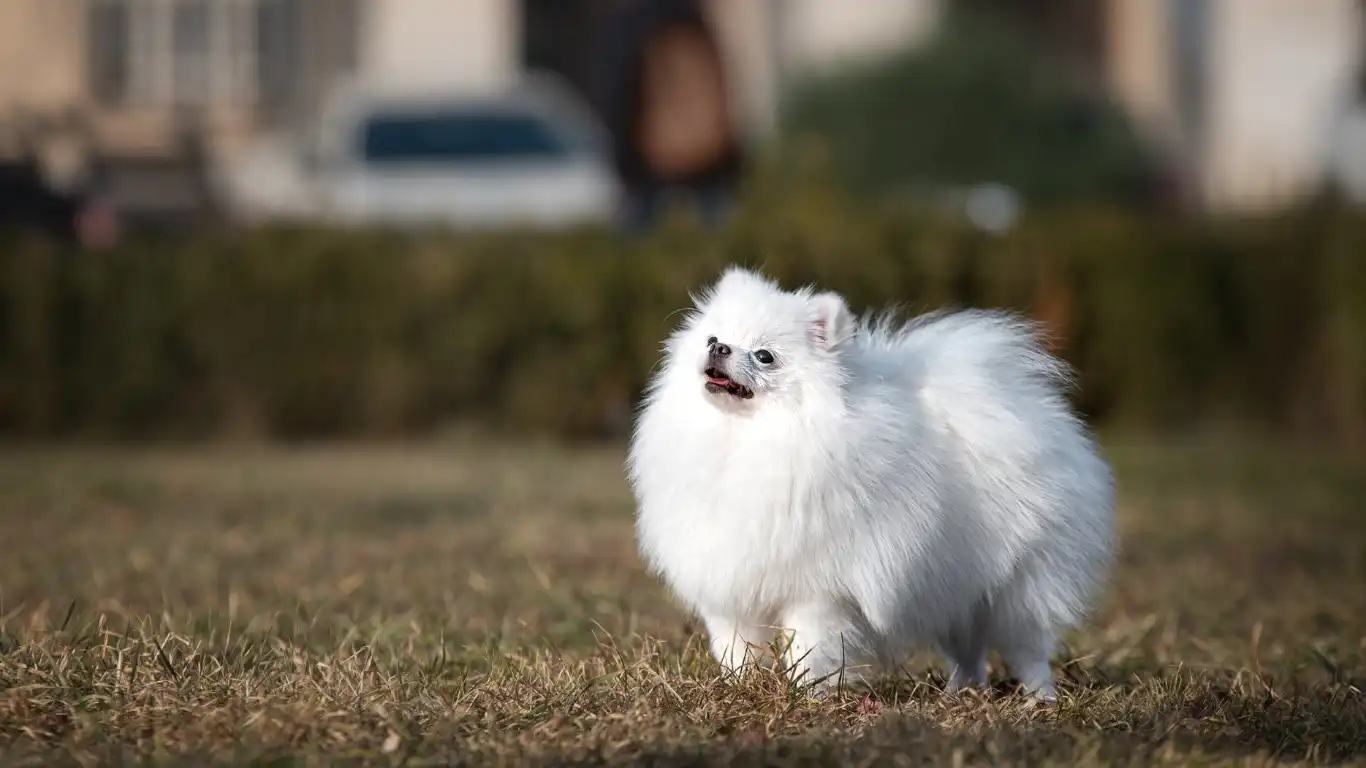
Socializing Older Puppies and Rescue Dogs
What if you’ve adopted an older puppy or a rescue dog who may not have had the opportunity for early socialization? Don’t worry—while it may take a little more time and patience, it’s still possible to help them become comfortable in new situations. In my experience, I’ve worked with plenty of older puppies and adult dogs who have thrived through the socialization process, even after missing the critical early windows. It’s a slower process, but it’s absolutely doable!
Tips for Socializing Older Puppies and Rescue Dogs
If you’ve got a puppy or rescue dog who is a little older, here are a few tips to help them catch up on their socialization:
- Take it slow: Don’t rush the process—older dogs may need extra time to feel comfortable. Break up socialization sessions into smaller, more manageable chunks.
- Build trust: Older puppies or rescue dogs may have had negative experiences in the past, so building trust is key. Use positive reinforcement and patience to help them feel safe in new environments and around new people.
- Focus on positive interactions: Set up controlled interactions with other dogs and people to ensure your pup’s experience is a positive one. Avoid overwhelming situations, and reward your dog with praise or treats for calm behavior.
Dealing with Fear and Anxiety During Socialization
One of the most common challenges during the socialization process is dealing with fear and anxiety. As a pet nutritionist and pet care expert, I’ve encountered many puppies who struggle with nervousness or fear of new experiences. This is totally normal—puppies, like people, have their own personalities, and some are naturally more anxious than others. However, with the right approach, you can help your puppy overcome their fears and build their confidence in the world around them. Here’s how to handle fear and anxiety during socialization:
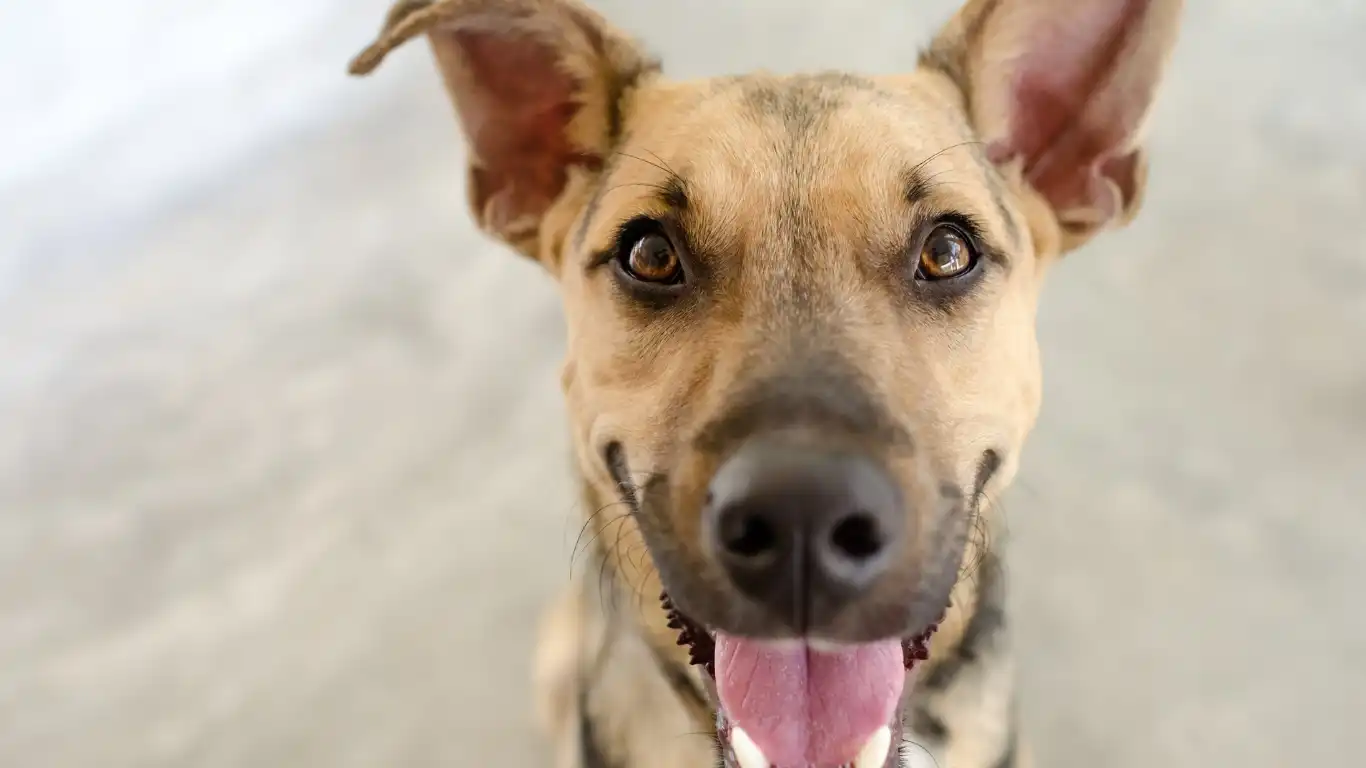
Signs of Fear in Puppies
Before you can help your puppy, it’s important to recognize the signs of fear. If your puppy is showing any of these behaviors, they may be feeling scared or overwhelmed:
- Tail tucked between legs: This is a classic sign of fear in puppies. It shows they are trying to make themselves appear smaller and less noticeable.
- Shaking or trembling: Anxiety and fear can trigger physical reactions like shaking. If you notice this, it’s a sign your puppy might be feeling stressed.
- Avoidance or retreating: Puppies who are scared may try to avoid certain situations by running away or hiding behind you. It’s their way of coping with a scary situation.
- Whining or barking excessively: Some puppies vocalize when they’re feeling uncomfortable. While this can sometimes be a sign of excitement, it can also be a cry for help when your puppy feels anxious.
Helping Your Puppy Overcome Fear
If your puppy is showing signs of fear, don’t panic! It’s important to approach the situation with patience and understanding. Here’s what I recommend:
- Don’t force interactions: One of the worst things you can do is force your puppy to confront their fear. Instead, allow them to explore the situation at their own pace. For example, if your puppy is afraid of other dogs, let them watch from a distance before gradually closing the gap.
- Positive reinforcement: Reward your puppy when they show calm behavior in the face of something scary. This will help them associate new experiences with positive outcomes. You could use treats, praise, or their favorite toy as a reward.
- Use desensitization: Desensitization is the process of exposing your puppy to their fear in small doses. Over time, this can help them become less reactive. For example, if your puppy is afraid of loud noises, start by playing a recording of a dog bark at a very low volume, gradually increasing the volume over time.
How to Keep Up with Socialization Throughout Your Dog’s Life
Socialization doesn’t stop once your puppy grows into an adult dog—it’s an ongoing process! While the early stages of socialization are vital, it’s important to continue exposing your dog to new people, environments, and experiences throughout their life. This will ensure that your dog stays well-adjusted, confident, and adaptable. I often remind my clients that just because their puppy has grown up doesn’t mean their socialization journey is over. In fact, it’s just beginning!
Keeping Your Dog Social as They Age
As your puppy matures, you should continue to expose them to new situations and maintain their social skills. Here’s how:
- Frequent trips to the park: Visiting a dog park or taking your dog on walks in busy areas exposes them to new people and other dogs. It’s a great way to keep their social skills sharp.
- Inviting guests over: Regularly invite people over to your home so your dog stays comfortable around strangers. This will prevent them from becoming territorial or anxious when new people enter their space.
- Enrolling in advanced training classes: While basic obedience is important, advanced training or dog sports can be an excellent way to keep your dog engaged and socially stimulated. Whether it’s agility, nose work, or even therapy dog training, these activities help keep their mind and social skills sharp.
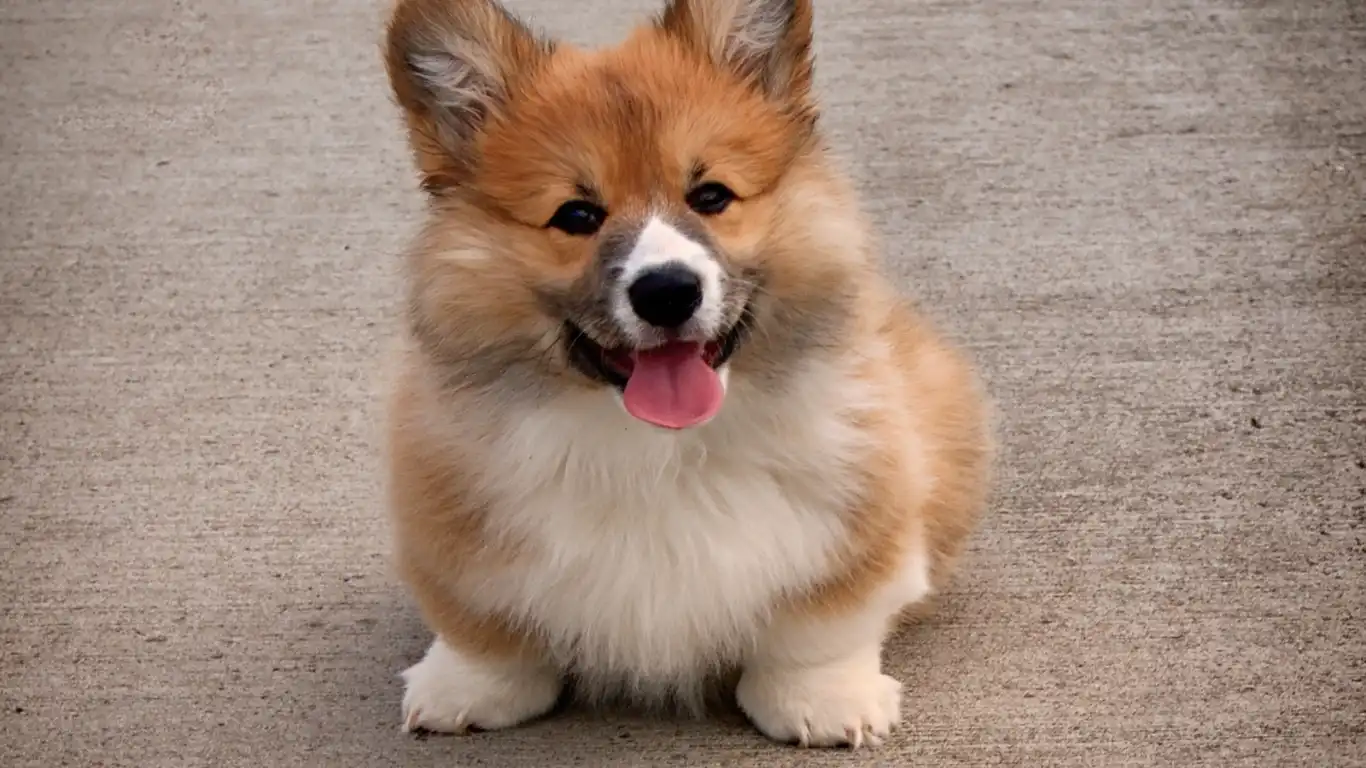
Frequently Asked Questions About Puppy Socialization
As a pet nutritionist and trainer, I get a lot of questions about socialization. So, let’s go over some of the most common ones I hear from puppy parents:
The best time to start socializing your puppy is between 3 and 14 weeks of age. This is considered the critical socialization period, when puppies are most receptive to new experiences. However, it’s never too late to start socializing a puppy. Even if you adopt an older puppy or rescue dog, you can still help them become comfortable in different environments with the right approach.
Yes! Proper socialization can significantly reduce the risk of behavioral problems such as aggression, anxiety, and excessive barking. Puppies who are well-socialized tend to be more confident, adaptable, and less fearful. In my experience, most behavioral issues can be traced back to insufficient socialization during their early stages.
What if my puppy doesn’t get along with other dogs?
If your puppy is having trouble getting along with other dogs, it’s important to address this early on. You can seek the help of a professional trainer who can guide you through safe, controlled interactions with other dogs. In the meantime, try to expose your puppy to calm and friendly dogs first, and gradually increase the complexity of interactions as your puppy becomes more comfortable.
Disclaimer
The information in this article is provided for educational purposes and reflects my experience as a pet nutritionist and care expert in veterinary clinics. Every puppy is unique, and what works for one may not work for another. Always consult with your veterinarian or a professional dog trainer for tailored advice on socializing your puppy, especially if you encounter challenges or if your puppy has specific behavioral concerns.
For more tips and guidance, feel free to visit PawPatron.org for additional resources and expert advice.
